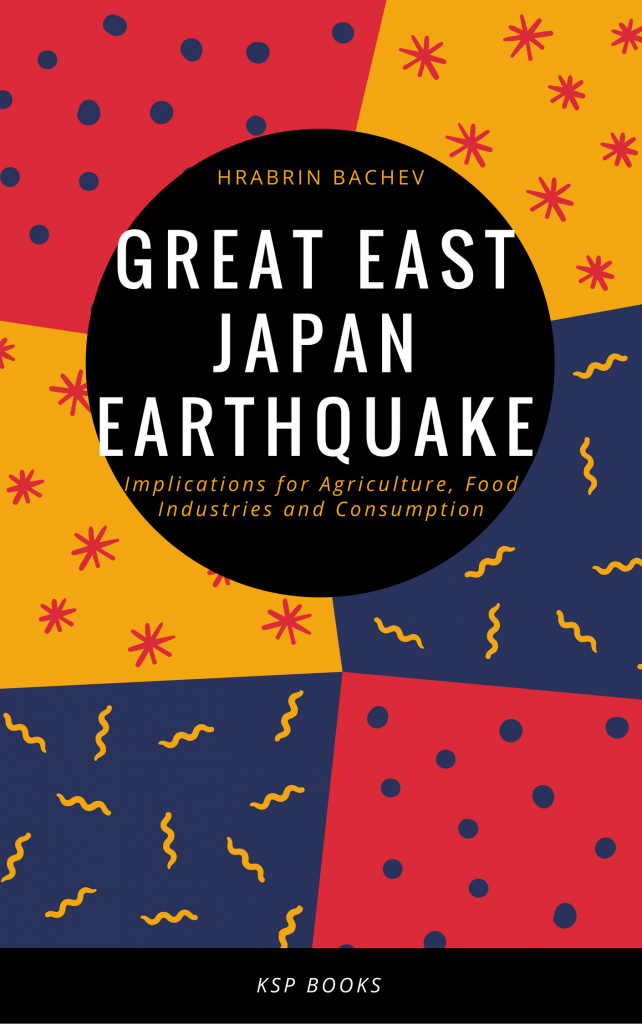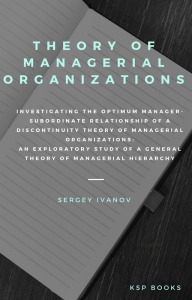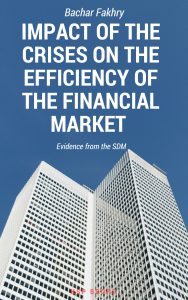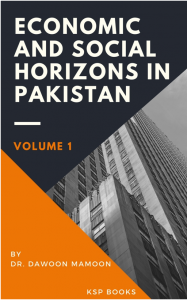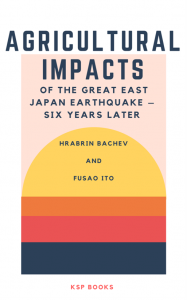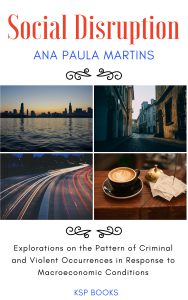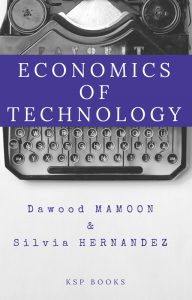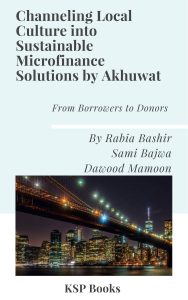Synopsis
On March 11, 2011 the strongest ever recorded in Japan earthquake occurred which triggered a powerful tsunami and caused a nuclear accident in one of the world’s largest nuclear plant stations. The triple disaster has been having immense impacts on people’s life, health and property, social infrastructure, economy, policies, natural and institutional environment, etc. in the affected regions, Japan, and beyond. This book tries to make a comprehensive assessment on the multiple impacts of the March 2011 Great East Japan Earthquake, tsunami and Fukushima nuclear accident on the Japanese agriculture and food sector. It identifies and evaluates radiation, displacement, health, physiological, production, economic, technological, organizational, environmental, institutional, political, etc. impacts of the disasters in all stages (inputs supply, farming, storage, wholesaling, transportation, processing, distribution, retailing, consumption) and components (natural resources, labor, biological and material assets, intangibles, technology, production structure, finance, waste disposal, information, management) of agri-food chain, and temporal (immediate, short-term, long-term) and spacial (local, regional, national, trans-national) scales. It summarizes responses of individuals, households, farms, businesses, communities, consumers, stakeholders, and authorities as well as assesses the progress and challenges in the post-disaster recovery and reconstruction. The book withdraws lessons from the Japanese experiences and suggests recommendations for effective risk management in Japan and around the globe. The study is based on a wide range of information from governmental, academic, farmers, industry, international, etc. organizations, media, experts assessments and in-deep interviews with leading experts, stakeholders, and affected agents. Findings are presented in a popular way in order to reach a larger audience of researchers, educators, students, experts, farmers, businessmen, administrators, policy makers, professionals, non-governmental and international organizations, consumers, victims, and public at large.
Contents
About Author
ISBN
978-605-2132-48-7
Date of Publication
July 15, 2018
File Size: 17660 KB
Length: xii + 339 pages
This work is licensed under a Creative Commons Attribution 4.0 International License.
